
April 27, 2015
“Great brands and great businesses have to be great storytellers too.” So begins a video that Angela Ahrendts, then CEO of Burberry, prepared a couple of years ago for New York’s annual Future of StoryTelling summit. Before she left last year to take over retail operations at Apple, Ahrendts and her creative director and eventual successor, Christopher Bailey, led one of the most remarkable luxury brand turnarounds in business history. And they did it on the power of story—which is why Paul Woolmington and I use Burberry as a key case study in our Columbia seminar on Digital Storytelling Strategy [later renamed Strategic Storytelling].
Lots of marketers are talking about storytelling now, but few really understand how it works or why. Burberry does. They’re using it both literally, in videos and store displays that highlight the heritage of the brand, and in a larger sense, by creating a “story world” that customers can step into at will. Because we understand stories by projecting ourselves into them, humans have an innate desire to inhabit stories we find meaningful. And because what we wear says so much about who we are—or at least, who we aspire to be—this can be as true of a fashion brand as it is of, say, Star Wars.
But when Ahrendts came to London to head Burberry in 2006, the company had lost sight of much more than its story. At her first strategic planning meeting, she was dismayed to see that not one of the top managers who’d flown in from around the world was wearing Burberry. Worse, at least in class-conscious Britain, many of the people who did wear it were yobs, druggies, and football hooligans. As for the famous Burberry check, it had been licensed so indiscriminately it was turning up not just on baby carriages but on disposable doggie diapers.
Ahrendts bought back the licenses, centralized manufacturing in the company’s original Yorkshire mills, closed factories and fired design teams elsewhere in the world, and put Bailey in charge of all design decisions globally. But the company also had to rediscover its roots, so she brought in a cultural anthropologist to study the brand and unearth its story.
There was plenty to work with. Founded in 1856 by a 21-year-old draper’s apprentice named Thomas Burberry, the company had furnished Ernest Shackleton in the Antarctic, kept Lord Kitchener dry as he extended the British Empire across Africa, and supplied trench coats to the army during World War I.
With Millennials as the new target market, however, Ahrendts and Bailey needed more than Victorian field marshals and Edwardian adventurers. So they focused on the products themselves. As Bailey told Fast Company, “It’s not just a coat. That coat has a story. . . . People want the soul in things. They want to understand the whys and the whats and the values that surround it.”
Bailey has been able to communicate this because far more than other luxury brands, Burberry has been willing to peel back the glamour to expose the craftsmanship beneath. By showcasing grainy, black-and-white footage of Yorkshire mill workers, they’ve taken the Burberry story beyond fantasy to ground it in something authentic and real. Burberry isn’t considered a luxury brand just because it’s expensive; it’s expensive for the same qualities that make it a luxury.
At the same time, Burberry has embraced digital technology and social media, telling its story through YouTube and Instagram and Pinterest and through RFID chips that turn mirrors in its stores into screens. Blurring the line between digital and physical, it has used its online presence—dubbed Burberry World, for reasons any story-focused marketer would find obvious—as a template for its flagship stores in London and Shanghai. Stores that, not coincidentally, it calls “Burberry World Live.”
The results have been startling—revenues doubling over the past five years to £2.3 billion, pre-tax profits growing even faster to £460 million. True, the luxury market has grown dramatically in the past few years. But anyone who thinks that’s the only reason for Burberry’s success should take a look at Aquascutum, an equally distinguished 19th-century English heritage brand well known for its trench coats. In 2012, after years of management upheaval, Aquascutum fell into bankruptcy and was bought by its Chinese distributor for a mere £15 million—the equivalent of about two weeks’ profit at Burberry. Story wasn’t the only factor that distinguished Burberry—but it certainly helped.

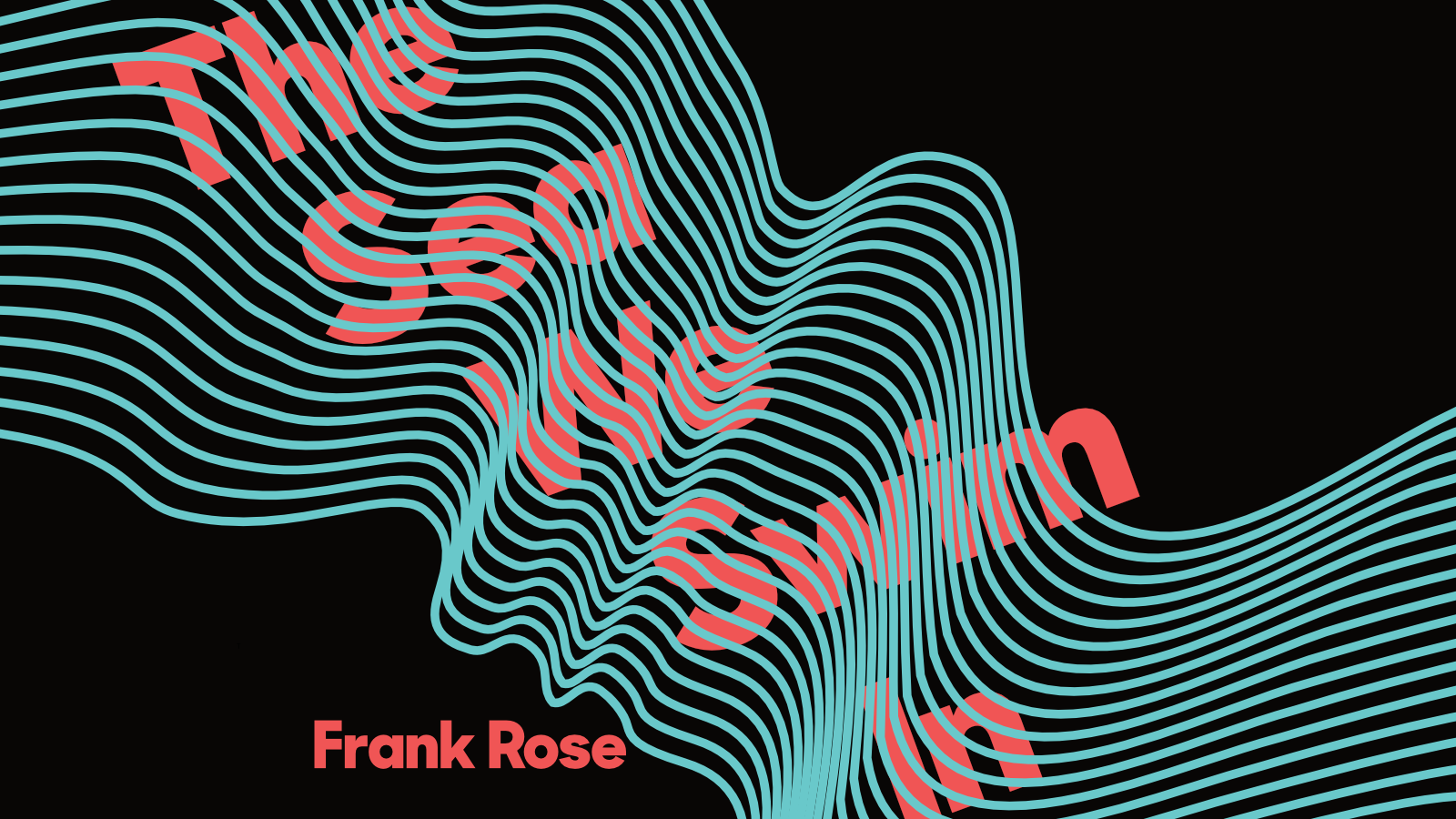





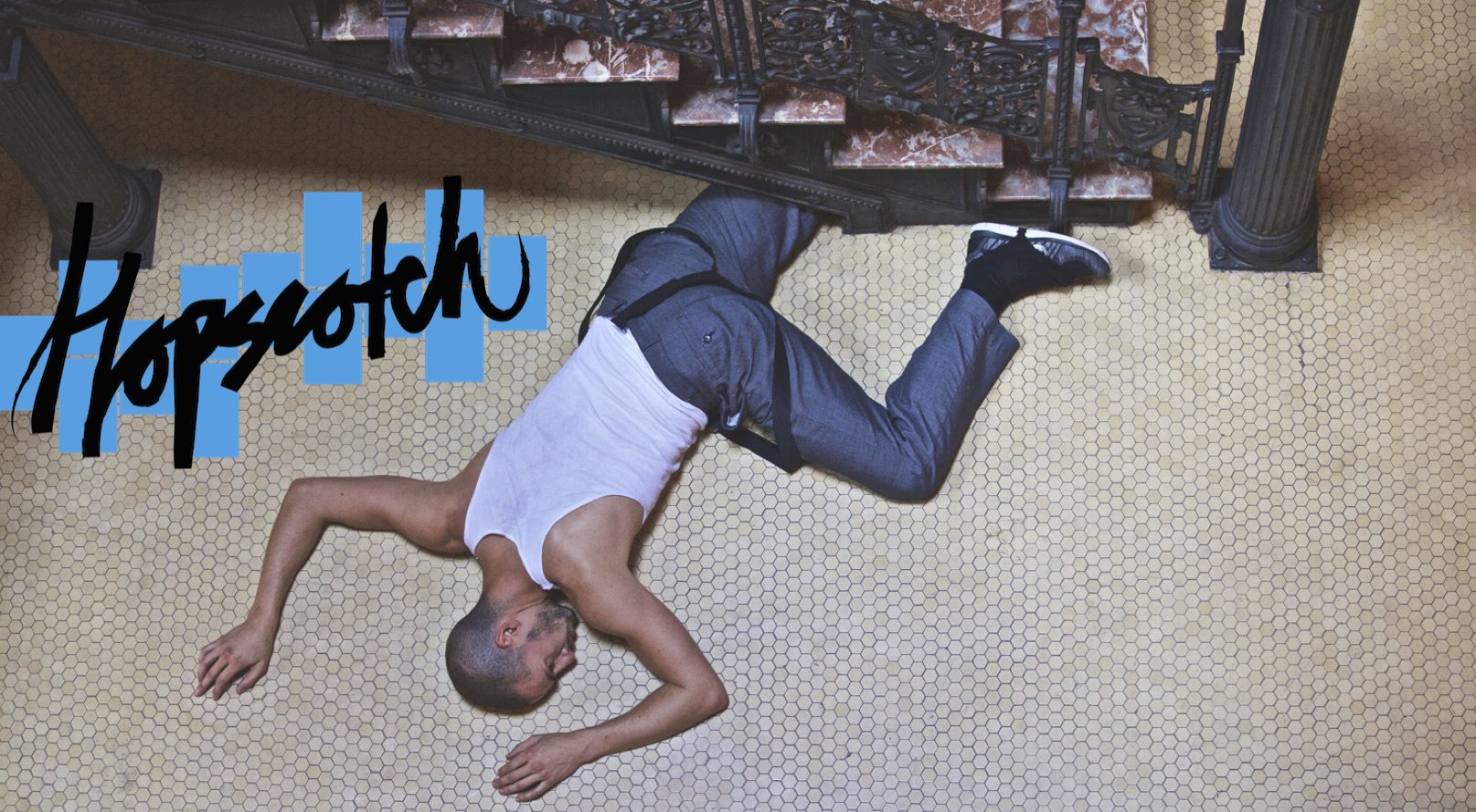
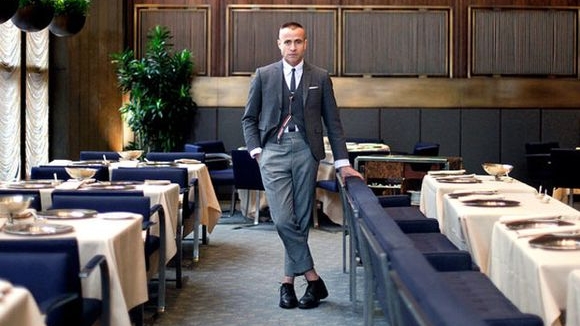
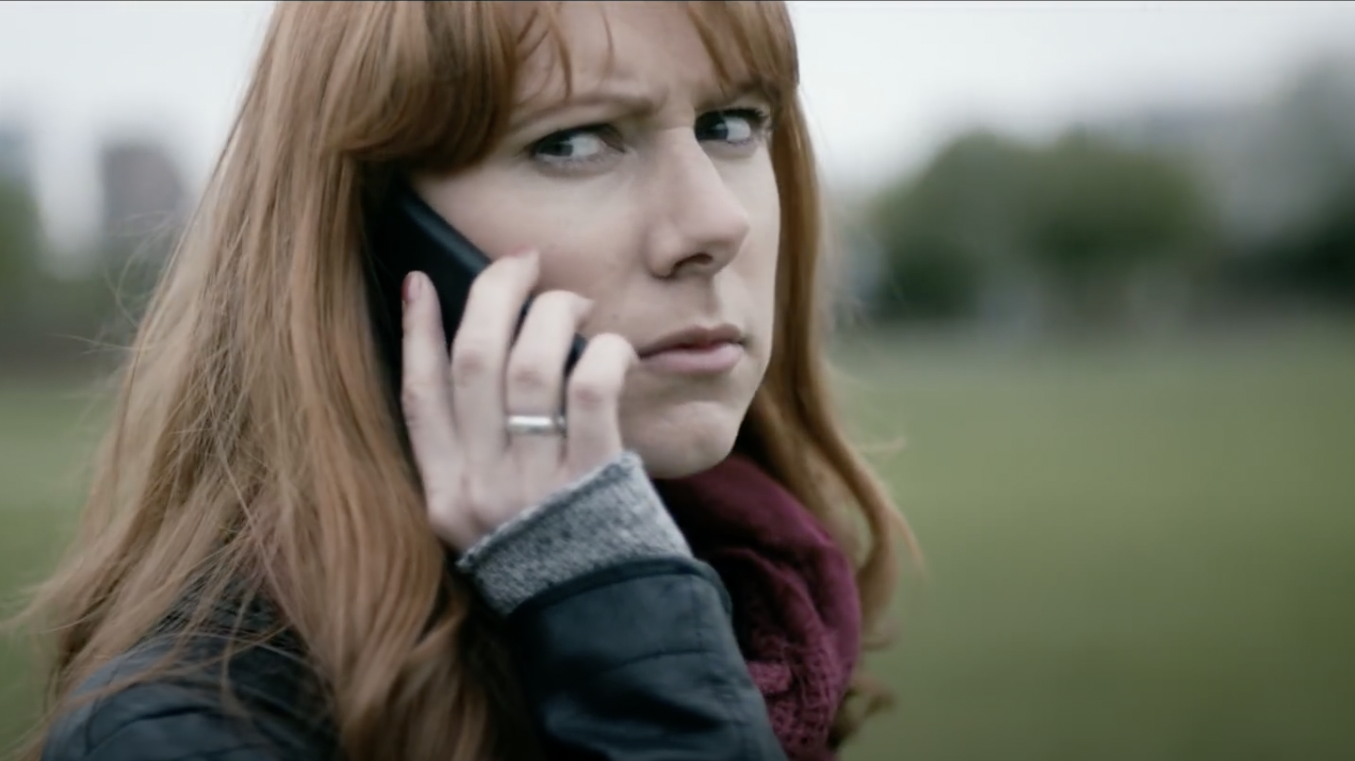
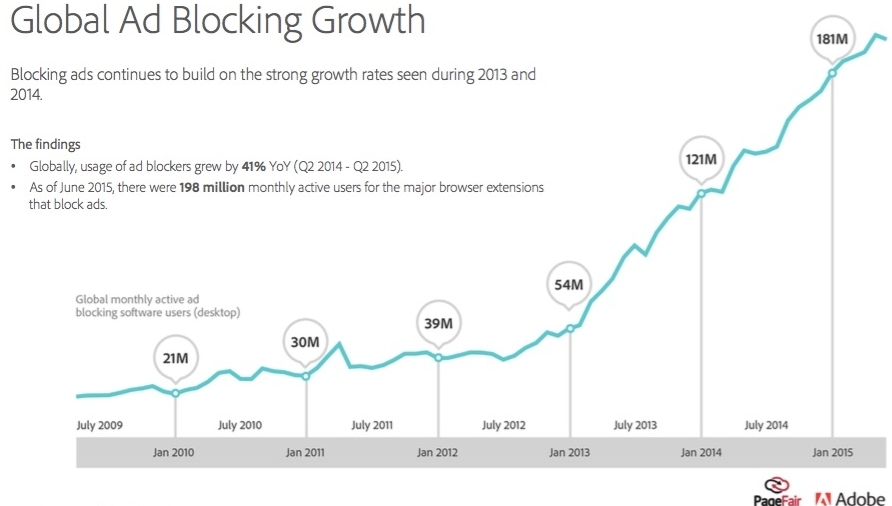
Comments
Comments are closed here.